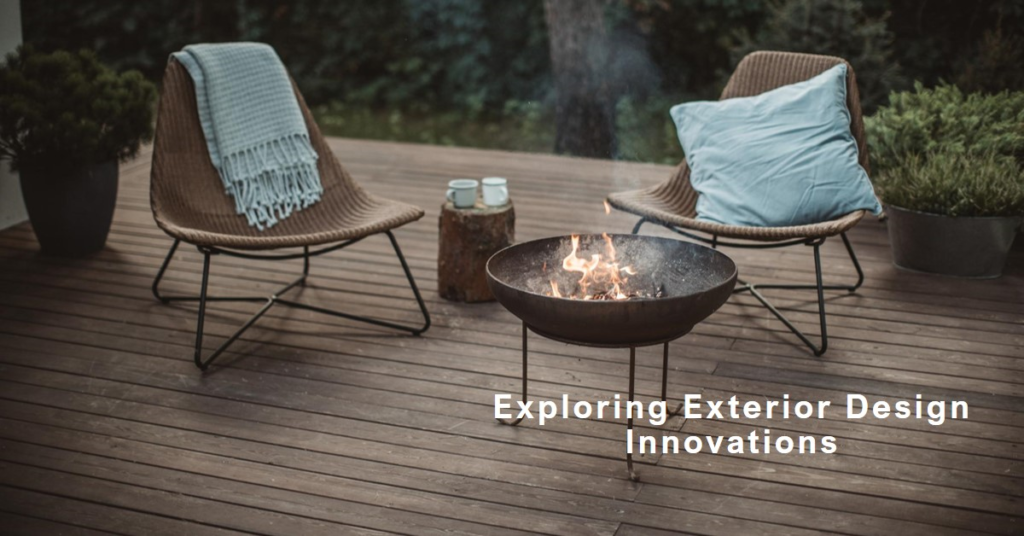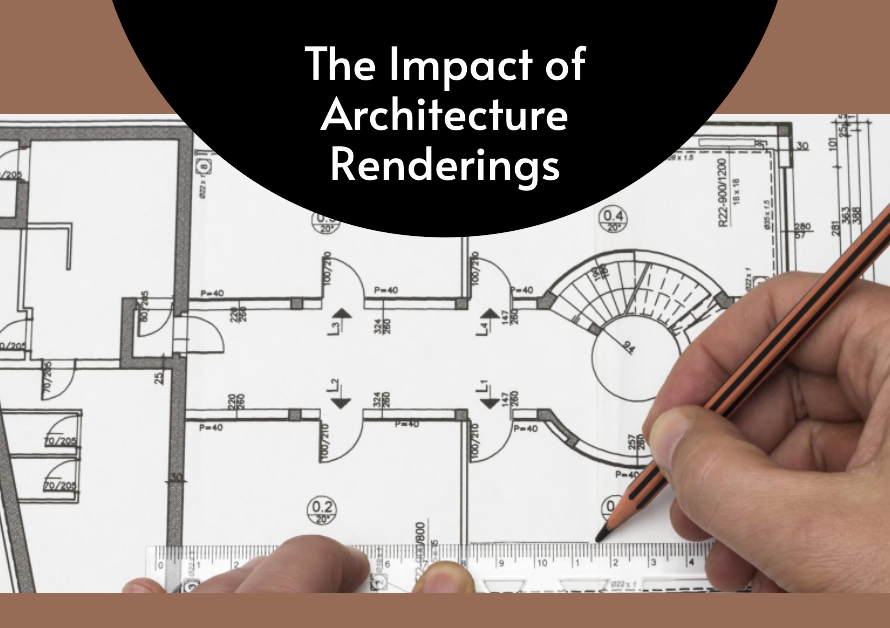
Table of Contents
- Introduction: Embracing the Future of Exterior Design
- Sustainable Materials: Pioneering Eco-Friendly Designs
- Smart Technology Integration: The Rise of Intelligent Exteriors
- Innovative Landscaping Techniques: Creating Living Art
- Architectural Lighting: Illuminating Design Brilliance
- Outdoor Living Spaces: Expanding Usable Areas
- Innovative Roofing Solutions: Beyond Traditional Shingles
- Advanced Window and Door Designs: Enhancing Efficiency and Aesthetics
- Outdoor Art Installations: Elevating Aesthetic Appeal
- Water Features: Adding Serenity and Sophistication
- Conclusion: Shaping the Future of Exterior Design
Introduction: Embracing the Future of Exterior Design
Exterior design has transcended traditional aesthetics, evolving into a dynamic field that harmonizes functionality, sustainability, and technological advancements. As homeowners and architects alike seek innovative ways to enhance the curb appeal and functionality of outdoor spaces, the importance of staying abreast of the latest trends cannot be overstated. This blog post explores the cutting-edge innovations in exterior design, providing a comprehensive guide to creating breathtaking and sustainable exteriors.
Sustainable Materials: Pioneering Eco-Friendly Designs
Sustainability is at the forefront of modern exterior design. Utilizing eco-friendly materials not only reduces environmental impact but also adds unique textures and longevity to outdoor spaces. Recycled steel, reclaimed wood, and bamboo are increasingly popular choices, offering both durability and aesthetic appeal.
Innovations in material science have also led to the development of biodegradable and recyclable composites. These materials maintain the structural integrity required for exterior applications while being kinder to the planet. Integrating such materials into your design not only promotes environmental responsibility but also sets a precedent for future sustainable practices.
Smart Technology Integration: The Rise of Intelligent Exteriors
The integration of smart technology in exterior design is revolutionizing how we interact with our outdoor spaces. From automated irrigation systems to intelligent lighting that adapts to natural light conditions, technology is enhancing both the convenience and efficiency of exterior designs.
Advanced home automation systems allow homeowners to control various aspects of their exteriors remotely. Imagine adjusting the ambiance of your outdoor lighting or monitoring your garden’s water needs from your smartphone. These innovations not only provide unparalleled convenience but also contribute to energy savings and improved resource management.
Innovative Landscaping Techniques: Creating Living Art
Landscaping has evolved into an art form, with innovative techniques transforming outdoor spaces into living masterpieces. Vertical gardens, for instance, are gaining popularity for their ability to maximize space while adding lush greenery to urban environments. These green walls not only enhance the aesthetic appeal but also improve air quality and provide natural insulation.
Another groundbreaking trend is xeriscaping, which focuses on designing landscapes that require minimal water. By using drought-resistant plants and efficient irrigation systems, xeriscaping reduces water consumption and maintenance efforts, making it an ideal choice for arid regions.
Architectural Lighting: Illuminating Design Brilliance
Lighting is a crucial element in exterior design, influencing both functionality and aesthetics. Contemporary lighting solutions go beyond mere illumination; they create mood, highlight architectural features, and ensure safety. LED technology has opened up new possibilities, offering energy-efficient and versatile lighting options.
Architectural lighting can be strategically placed to accentuate textures, shapes, and colors of building facades and landscaping elements. Pathway lighting, wall-mounted fixtures, and in-ground lights are just a few examples of how lighting can transform an outdoor space, making it inviting and secure.
Outdoor Living Spaces: Expanding Usable Areas
Modern exterior design increasingly blurs the lines between indoor and outdoor living. Creating functional outdoor spaces such as kitchens, lounges, and dining areas extends the usable area of a home and enhances lifestyle options. These spaces are designed to be enjoyed year-round, with features like retractable roofs, outdoor heaters, and weather-resistant furniture.
The trend towards outdoor living spaces also embraces the concept of biophilic design, which emphasizes the connection between humans and nature. By incorporating natural elements and materials into these spaces, designers create harmonious environments that promote well-being and relaxation.
Innovative Roofing Solutions: Beyond Traditional Shingles
Roofing is no longer confined to traditional shingles and tiles. Modern roofing solutions incorporate materials and technologies that offer enhanced durability, energy efficiency, and aesthetic appeal. Green roofs, for example, are becoming increasingly popular in urban areas, providing insulation, reducing stormwater runoff, and creating habitat for wildlife.
Solar roofing is another innovation transforming the industry. Photovoltaic tiles and panels can be seamlessly integrated into the roof design, providing a renewable energy source while maintaining the visual integrity of the structure. These solutions not only reduce energy costs but also contribute to sustainable living.


Advanced Window and Door Designs: Enhancing Efficiency and Aesthetics
Windows and doors are critical components of exterior design, influencing both the appearance and energy efficiency of a home. Advanced designs now focus on maximizing natural light, improving thermal insulation, and enhancing security. Triple-glazed windows, for instance, offer superior insulation properties, reducing heat loss and improving energy efficiency.
Bi-fold and sliding doors are gaining popularity for their ability to create seamless transitions between indoor and outdoor spaces. These designs not only enhance the visual appeal but also provide flexibility in how spaces are used, promoting a more open and versatile living environment.
Outdoor Art Installations: Elevating Aesthetic Appeal
Incorporating art into exterior design elevates the aesthetic appeal and personalizes outdoor spaces. Sculptures, murals, and bespoke installations can serve as focal points, adding character and uniqueness to a property. Outdoor art is not just about decoration; it’s about creating an environment that reflects individual taste and creativity.
Interactive art installations, such as kinetic sculptures or light-based artworks, add a dynamic element to exterior spaces. These installations engage viewers and transform with changing weather conditions or lighting, providing a constantly evolving visual experience.
Water Features: Adding Serenity and Sophistication
Water features are a timeless addition to exterior design, providing both aesthetic beauty and a sense of tranquility. Modern innovations in water features include everything from minimalist reflecting pools to elaborate waterfalls and fountains. These elements not only enhance the visual appeal but also contribute to the auditory landscape, creating soothing sounds that promote relaxation.
Sustainable water feature designs incorporate recirculating systems and natural filtration methods, minimizing water usage and maintenance. By choosing environmentally conscious options, designers can create stunning water features that are both beautiful and responsible.
Conclusion: Shaping the Future of Exterior Design
Exterior design is a continually evolving field that embraces innovation, sustainability, and technological advancements. By integrating cutting-edge materials, smart technologies, and creative landscaping techniques, designers are crafting outdoor spaces that are not only aesthetically pleasing but also functional and sustainable. As we look to the future, the potential for further innovation in exterior design is limitless, promising even more exciting developments that will transform how we live and interact with our outdoor environments. Embracing these innovations ensures that our exteriors remain not only beautiful but also aligned with the principles of modern living and environmental stewardship.


